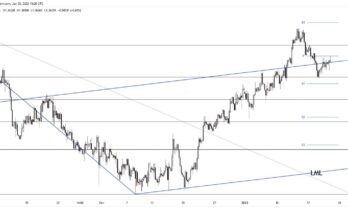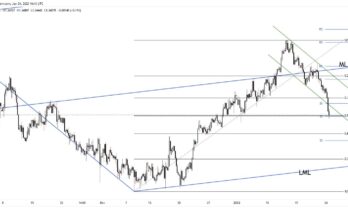The US employment report on Friday did not provide reason enough to drastically alter the tone to the dollar, but after the initial volatility the dollar weakened across the majors both late Friday and during the Asia session today. The bottom line is that although some underlying strength in the labour market was evident, it was not sufficient to give the dollar another leg higher and also above the highs on the dollar index made briefly at the start of Friday.
Notable over the past week has been the underperformance of the commodity based currencies, such as the Norwegian krone and Canadian dollar, despite the fact that there were some signs of stabilisation in oil prices. The Russian rouble was also in focus as new lows were seen vs. the USD (again, weak oil prices playing a part) alongside further fighting talk from the Russian central bank.
For today, the data agenda is relatively quiet, with just the Sentix Investor Confidence series for the Eurozone released at 09:30 GMT, although this is not a major risk event for the single currency. The ECB announces covered-bond purchases this afternoon (14:30 GMT). Later in the week (Wednesday) is the Bank of England Inflation Report, which will be keenly watched by sterling investors for signs of just when the Bank may be feeling rates may need to rise next year. There are also plenty of data releases in Australia, such as house price data tomorrow and wages later in the week. The Aussie continues to show resilience in the face of falling commodity prices and comments of continued over-valuation from the central bank.
Further reading:
EUR/USD Nov. 10 – Correcting higher amid NFP echoes, profit taking
EUR/USD Reversal: What Does It Take? – Nordea



